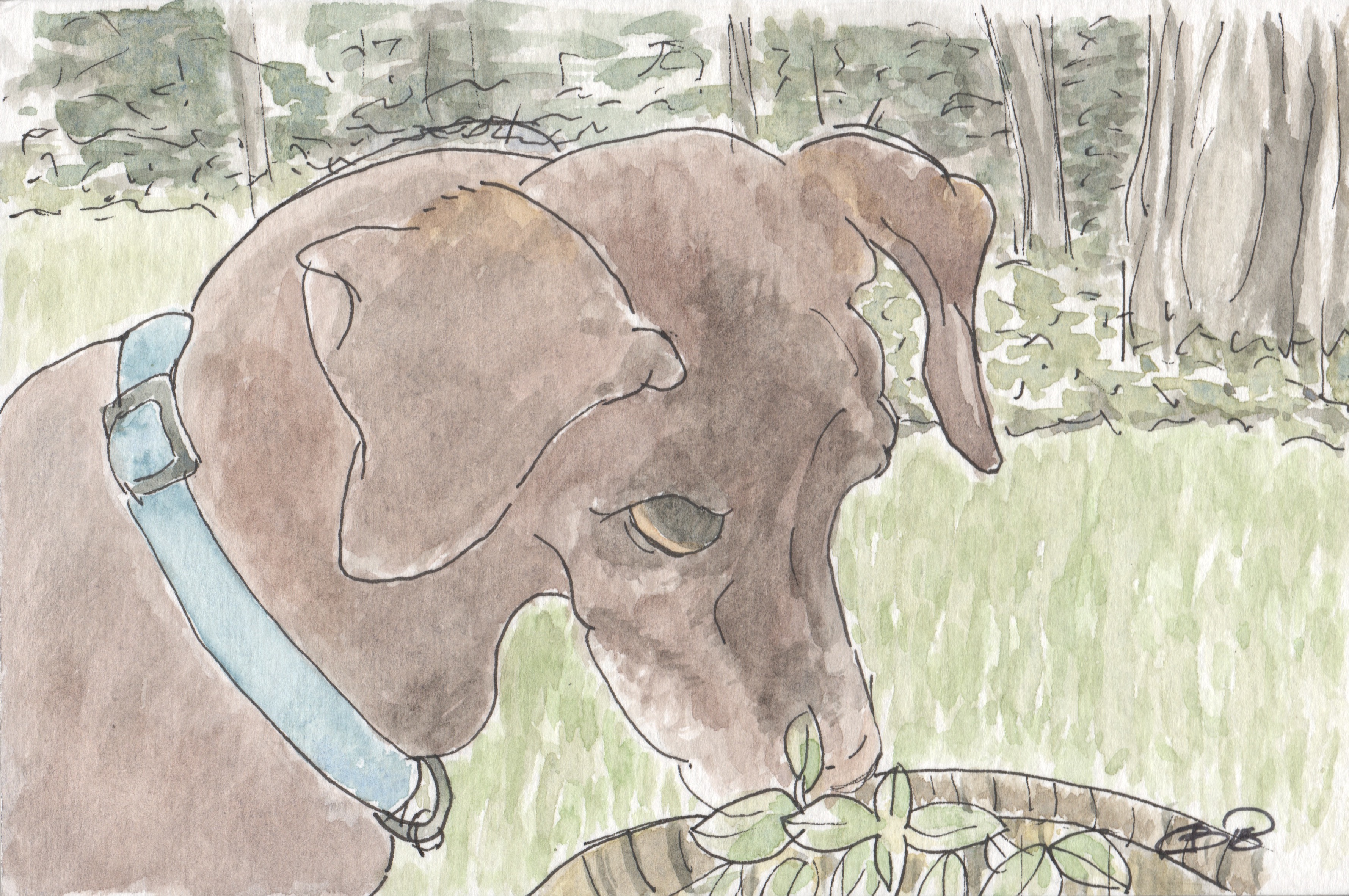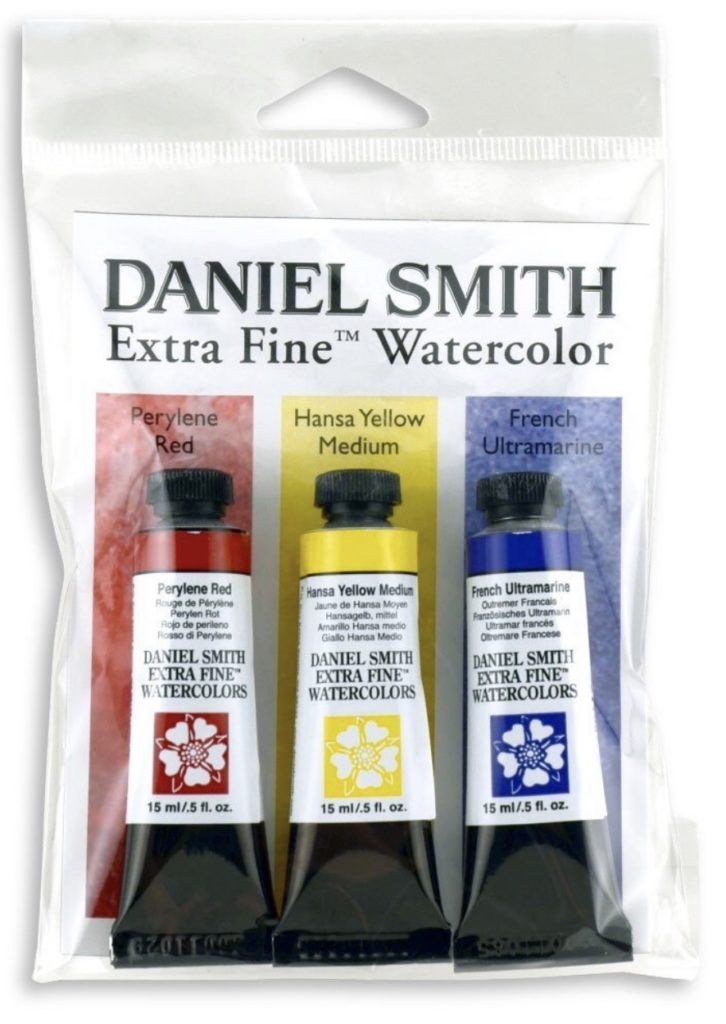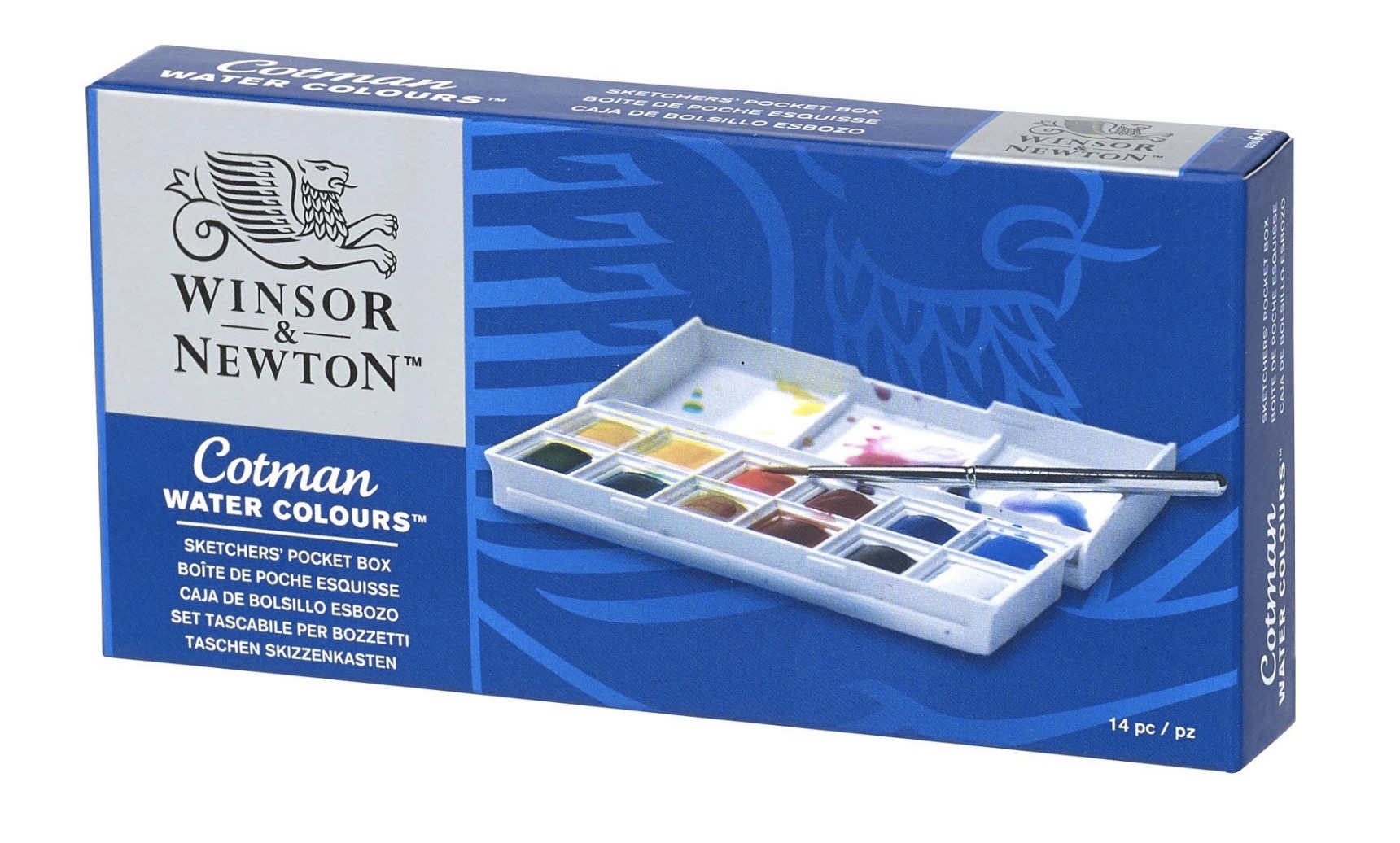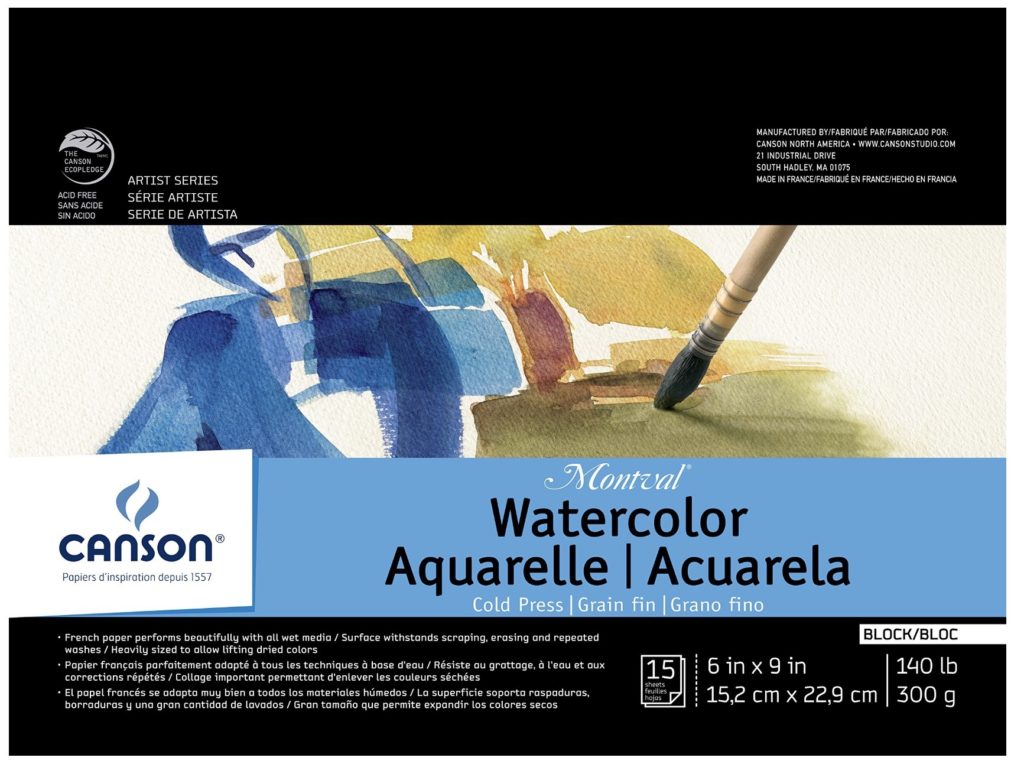
Summer is in full swing. I hope this post encourages you to carve out some time for what you love to do most, your hobby. Let’s face it, we all need a break; time to re-energize and prepare for the rest of the year. One of my favorite hobbies is to watercolor. A new skill I learned in college which quickly became part of my daily life amid long hours in the studio. Now, far removed from my college days, I find that I enjoy the quick and impressionistic gestures of sketch and watercolor; similar to the paintings we would do on the sidewalk to capture the latest town square or monument in Italy.
Today, most of my paintings originate from and are done in and around my get-away, Vermont. The key is to not obsess over the perfect setting or object as my subject but to simply find a place that I like to visit and celebrate it. It could lead to a great landscape painting or maybe just one of a cow that I gained a new perspective on. Another key is to not put too much pressure on myself. I realize that I’m not a professional painter and it’s okay if the first attempt sucks because I know that I can do it again and enjoy my time with it. Part of the fun is experimenting with the medium, which goes for any artistic expression like music, woodworking, etc. We all need to find the time to play and hobbies are a perfect way to do that.
So if this post has inspired you to pick up a brush and try your hand at painting, see below for a list of essentials to get you started this summer. I have my tools ready and hope to post some paintings, perfect or not, on our Instagram page.
Happy summer!
-Chris
Basic Tools for Watercolor Painting
Brush:

A good sable brush will come to an immediate, crisp point after being dipped in water and a quick flick of the wrist. #8 is the smallest I use, but you can go big with the #12. You’ll cover more area, especially for painting a sky, and a great brush will keep its point for finer details.
Paints:


This pocket box is great for travel and gesture sketches, but you will still want to go with the bigger brush above! With a little more setup you can use paint tubes and a palette. Try only using primary colors and testing (playing) your color theory!
Paper:

To save time, I enjoy using the block pads instead of stretching the watercolor paper to a board. The pads are glued on the sides to keep the paper tight. The block pads are ready to use with no setup time and offer quality paper for showcasing your work! I typically use a cold press and sizes will always vary.
Pen:

Lastly, if you prefer to sketch with ink, find a pen that is waterproof so that the painting will not blotch the sketch.